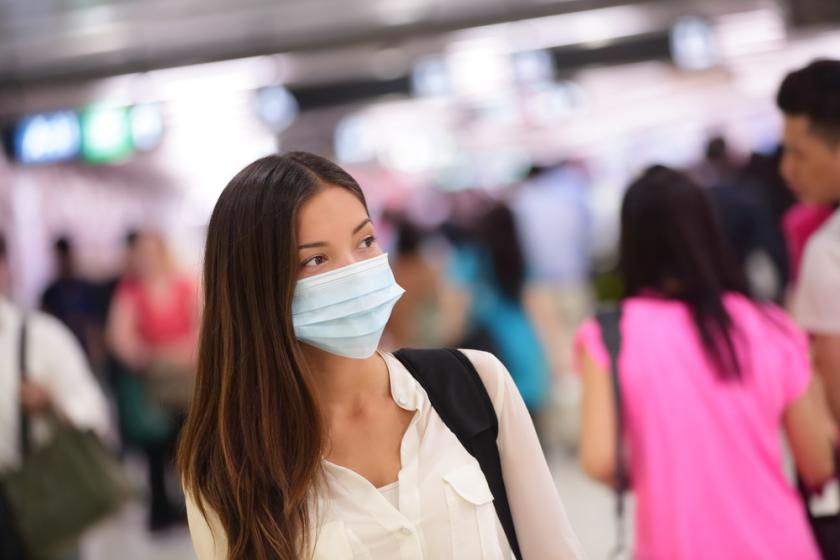Los Angeles Local Stock
Disposable Safety Surgical Face Mask
Product #: iSFm-101 | For: Dental, Medical, Surgical
Wholesale Emergency 3-ply breathable face mask.
Product #: iSFm-101 | For: Dental, Medical, Surgical
Wholesale Emergency 3-ply breathable face mask.

| 5000 | |
| Adult | $0.17 |
| Child | $0.17 |
| U |
Child size for ages: 5-13 years
Price is DELIVERED to any one continental U.S. address
 | Packing Specs – |
Master Carton: |
|
The intended use of disposable mask is to help prevent harmful gases, odors and droplets from entering and exiting the wearer’s nose.
Disposable mask are typically done for a specific procedure, for infection control purpose masks are typically disposed after use.
Disposable mask are not designed to press a fit test, flat mask fit loosely over the face leaving large gaps between the mask and the wearer, it is unlikely that most of the air will pass through the mask material. The air (and any airborne particles) will go through the gaps.
A surgical mask, also known as a procedure mask, medical mask or simply as a face mask, is intended to be worn by health professionals during surgery and during nursing to catch the bacteria shed in liquid droplets and aerosols from the wearer’s mouth and nose.
They are not designed to protect the wearer from inhaling airborne bacteria or virus particles and are less effective than respirators, such as N95 or FFP masks, which provide better protection due to their material, shape and tight seal.
Surgical masks are made of a nonwoven fabric created using a melt blowing process.
They came into use in the 1960s and largely replaced cloth facemasks in developed countries. A shortage of surgical masks is a central issue of the ongoing 2019–20 coronavirus pandemic.
Surgical masks are popularly worn by the general public all year round in East Asian countries like China, Japan and South Korea to reduce the chance of spreading airborne diseases to others, and to prevent the breathing in of airborne dust particles created by air pollution.
Additionally, surgical masks have become a fashion statement, particularly in contemporary East Asian culture bolstered by its popularity in Japanese and Korean pop culture which have a big impact on East Asian youth culture.